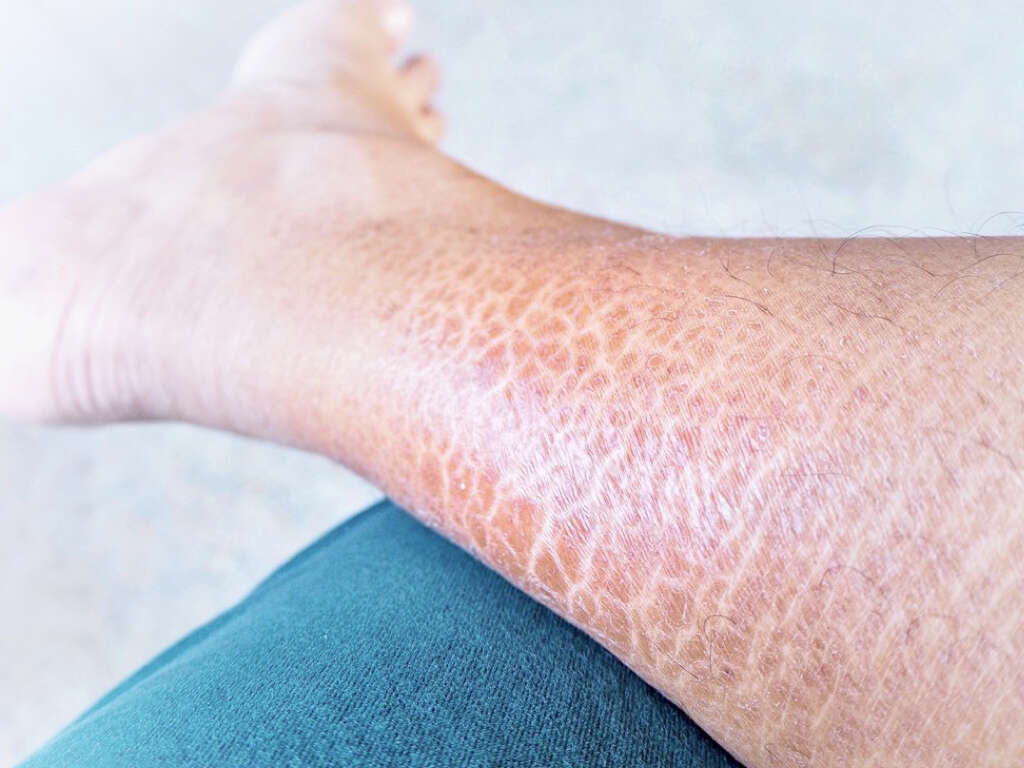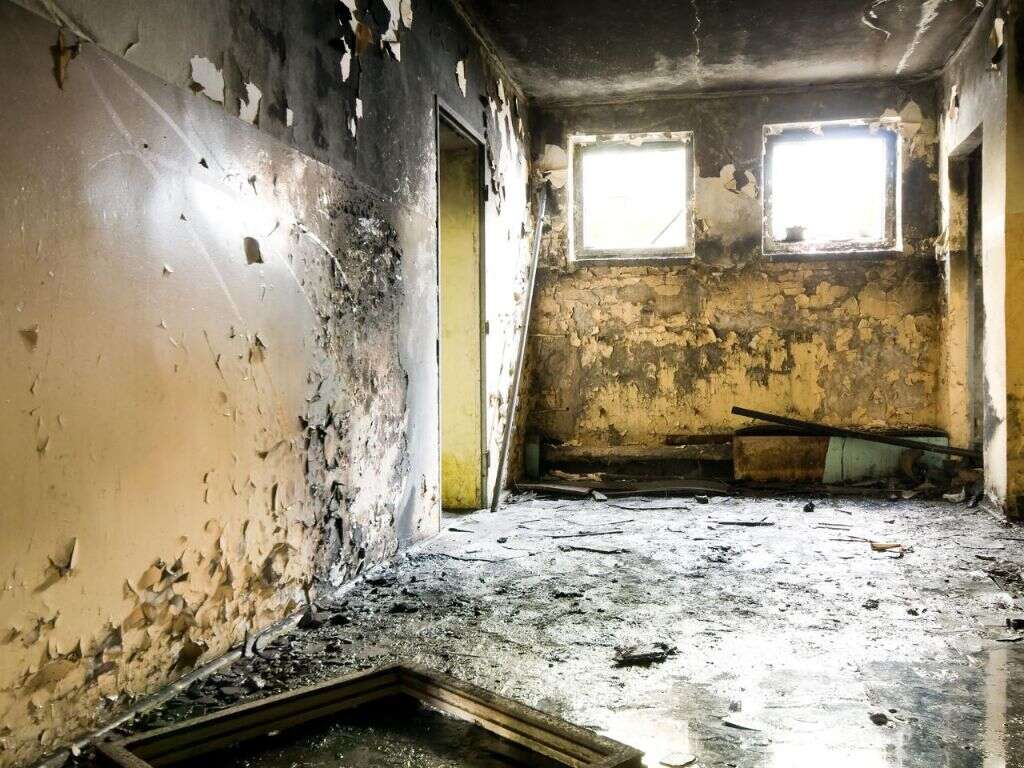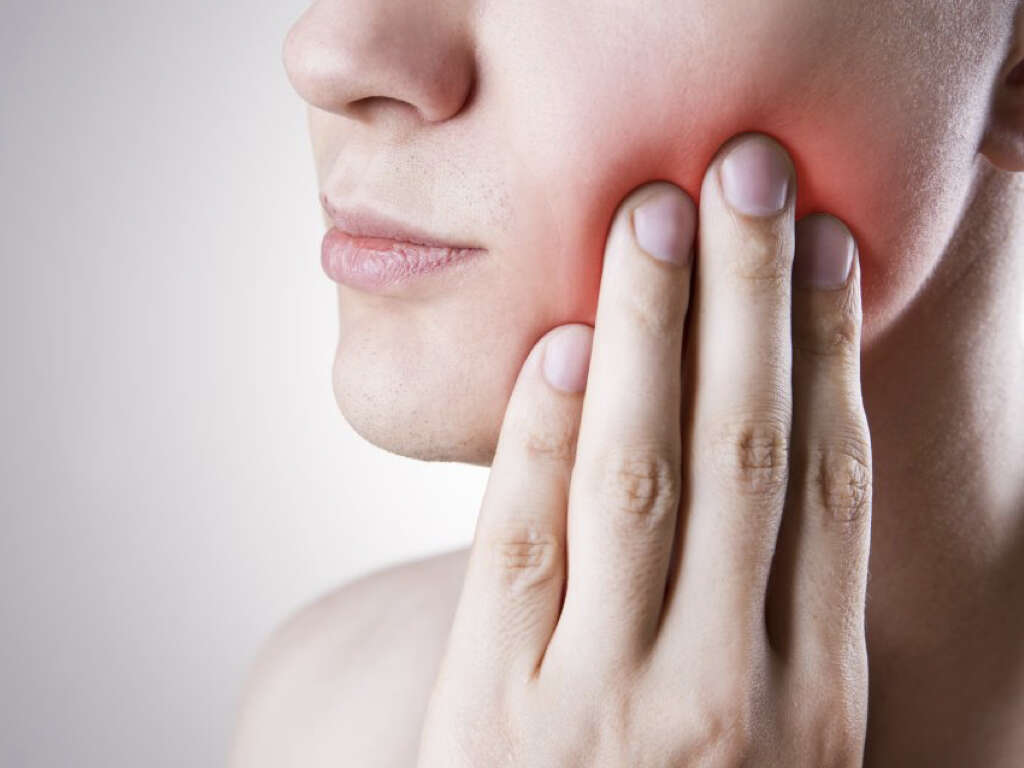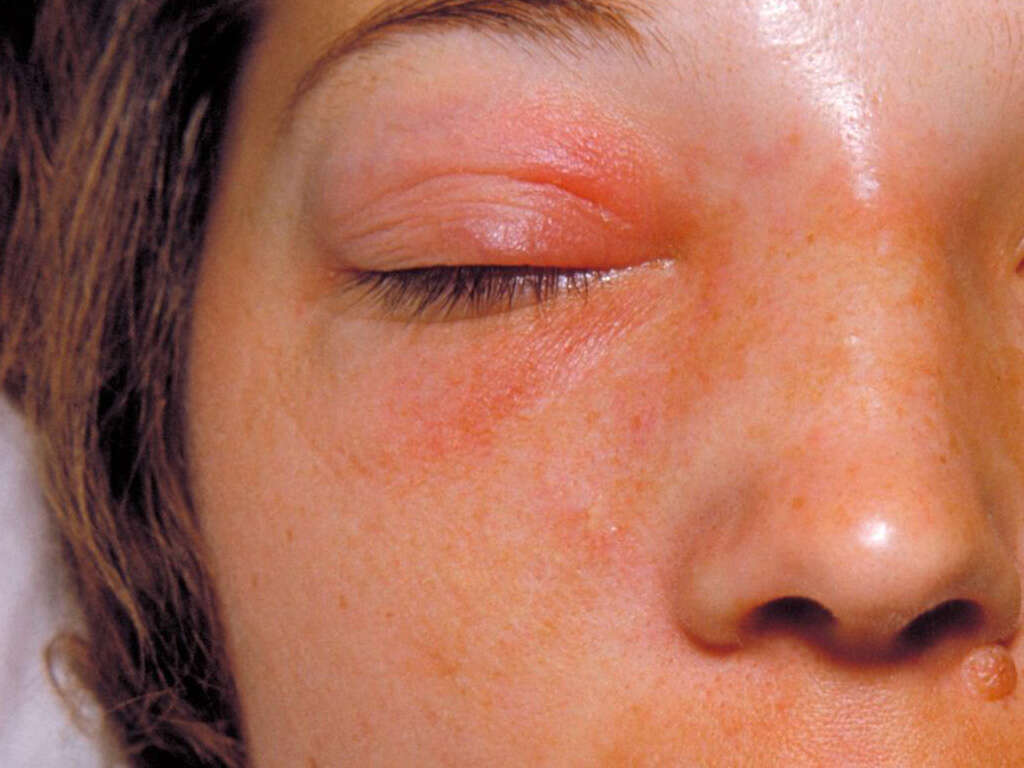What Is Impetigo?
People are always picking up scratches here and there. It tends to happen most among active people, but even less active people can easily pick up scratches and other wounds when at home. The injuries themselves will not usually be serious, but they can make us prone to certain other medical conditions.
Damage to the skin may allow pathogens to get in where they would otherwise not be able to pass through. Our immune system will usually be able to deal with this, but not always. Infections can occur as a result, and they can be serious in some cases. Thankfully, most infections of this nature are not serious, one example of which is impetigo.
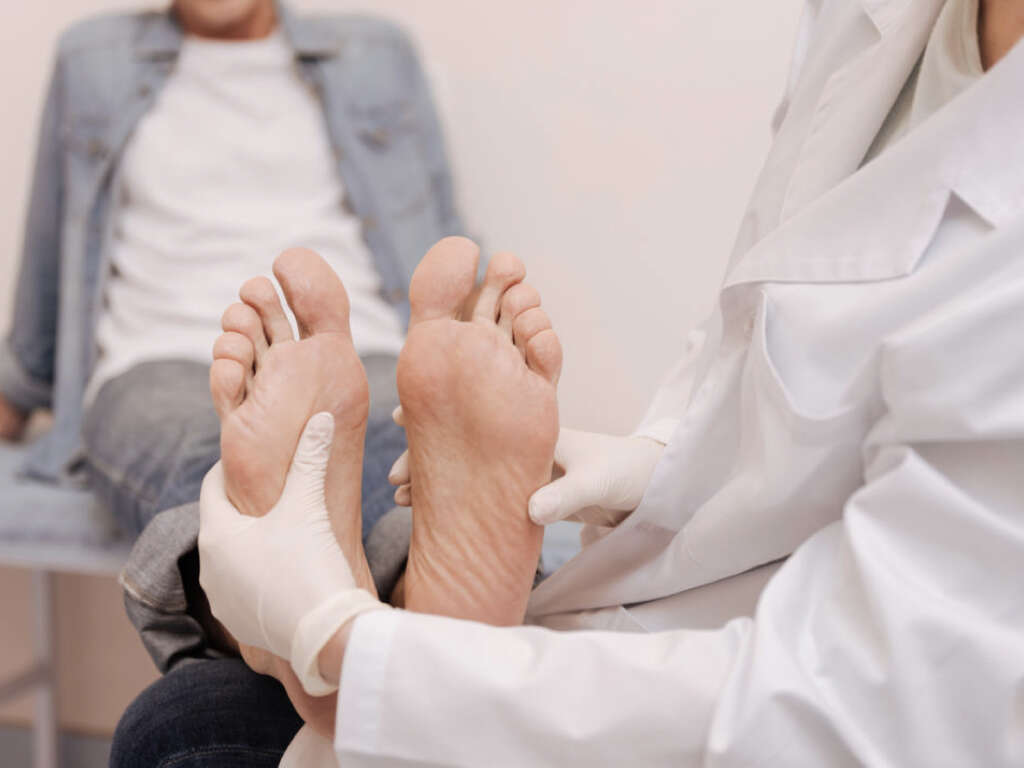
1. Non-Bullous Impetigo
There are two main types of impetigo, one of which is non-bullous impetigo. ‘Non-bullous’ refers to the facts that the condition does not cause blisters. However, it will still cause red sores to appear. Other symptoms include swollen glands and a fever, but these are rare.
The sores will generally appear around the mouth and nose, but other parts of the body can also be affected. They can be itchy, but they are not usually painful. These sores are will usually be around 2cm in diameter, and they will burst early on. After bursting, a thick, golden crust will develop that is similar in appearance to having cornflakes stuck on the skin. The sores will eventually disappear after a few days or weeks.
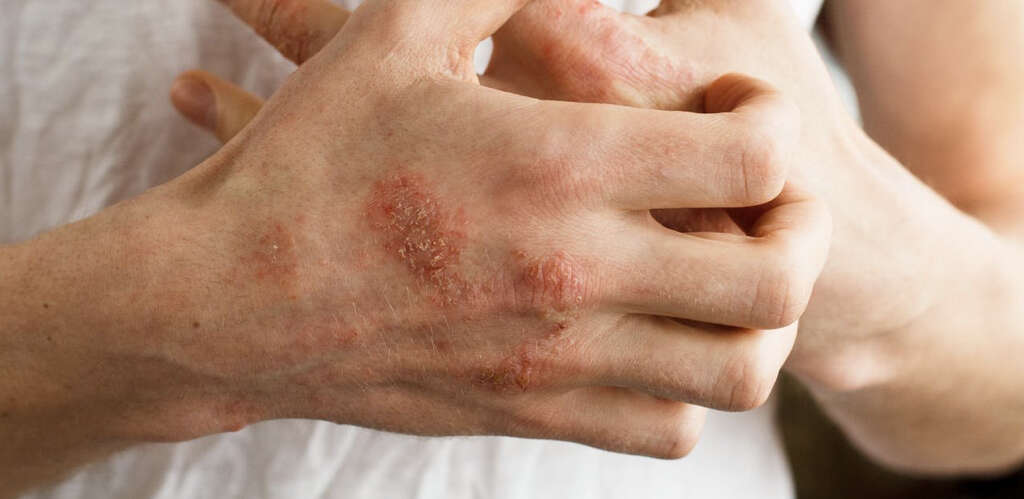
2. Bullous Impetigo
As the names suggests, bullous impetigo does cause blisters to form. It is rarer than non-bullous impetigo is. The blisters are usually around 1-2 centimeters in diameter, and they are often the first symptom of the condition to appear. Other symptoms include swollen glands and a fever.
The blisters will be around 1-2 cm in diameter, and they can be itchy and painful. They will usually be located on the arms and legs, on the neck, and on the waist. The blisters will burst in time leaving behind a crust that will gradually heal. They will usually heal completely without leaving behind any scars.
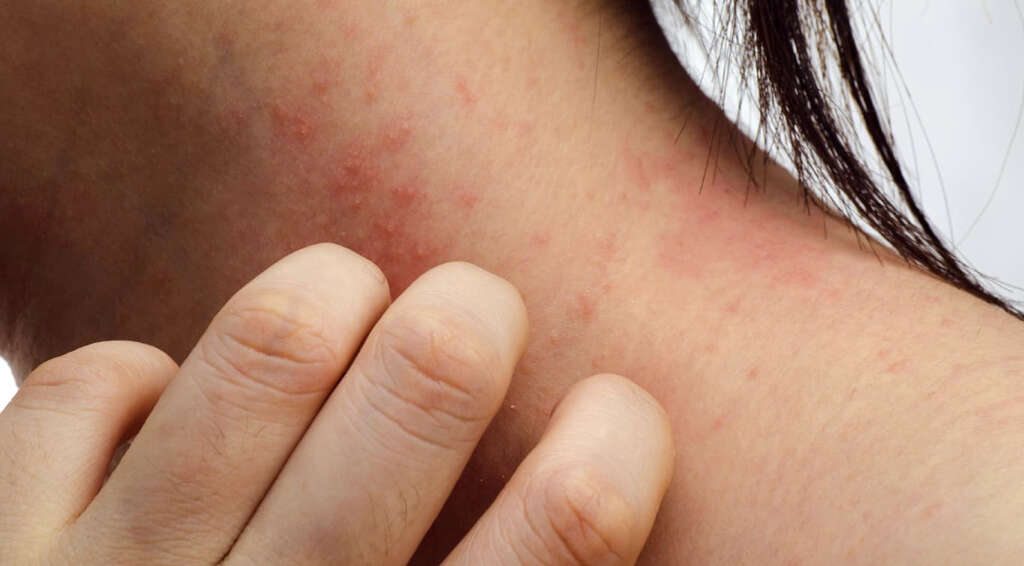
3. Ecthyma
Ecthyma is another variety of impetigo that is somewhat more serious. It is also, thankfully, less common than the other varieties. It occurs sometimes when other varieties of impetigo are left untreated. In ecthyma, the infection goes deeper into the skin and can cause more severe symptoms.
Ecthyma cause blisters to form on the skin, and they tend to be located on the thighs, legs, feet, ankles, and buttocks. These blisters can burst, turning into sores that have a thick crust. These sores may heal slowly and they can develop into ulcers. The condition will also often leave permanent scars.
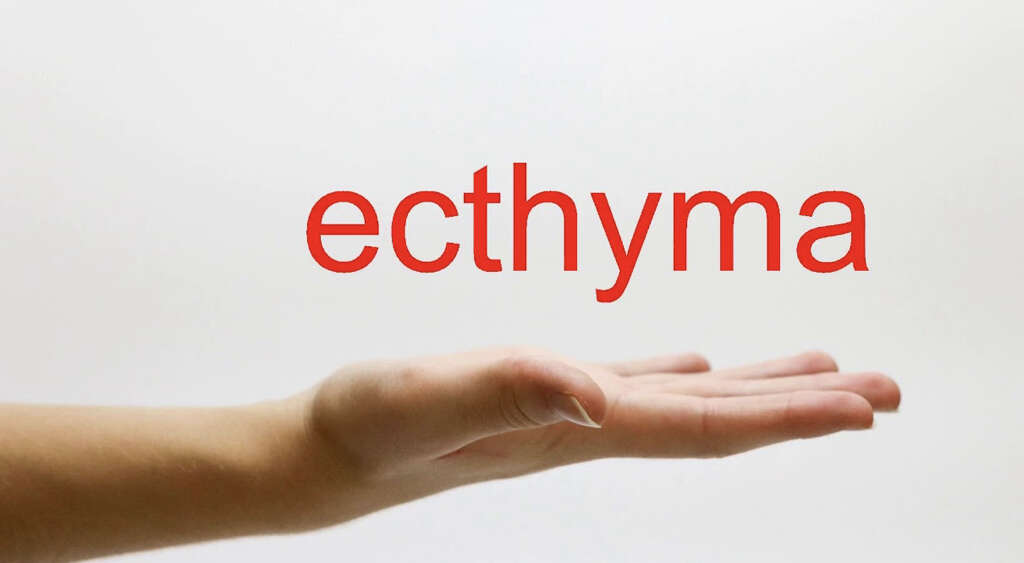
4. Adults And Toddlers
Both adults and children can get impetigo, but it is more common in children. The symptoms will vary between the two groups, however. The rash caused by the condition will look a little different, and children will often have sores on other parts of the body in addition to the nose and mouth, which is where sores are usually found in adults.
Complications are unlikely in both groups, but they are more likely to occur in adults. In children, the condition is usually caused by excessive itching. In adults, it is most common among those that take part in contact sports.

5. Causes
Impetigo is usually caused by Streptococcus pyogenes or Staphylococcus aureus bacteria. These bacteria are able to cause the infection when the skin is broken, allowing the bacteria to enter. When it is contracted in this manner, it is known as primary impetigo.
It can also sometimes be caused by other skin conditions like eczema, which is known as secondary impetigo.
Regardless, the patient will show no symptoms for the first 10 days or so, meaning it is more likely to be spread to other people. People can become exposed to the bacteria through direct skin contact with other people, or by contact with contaminated items, such as towels and toys.
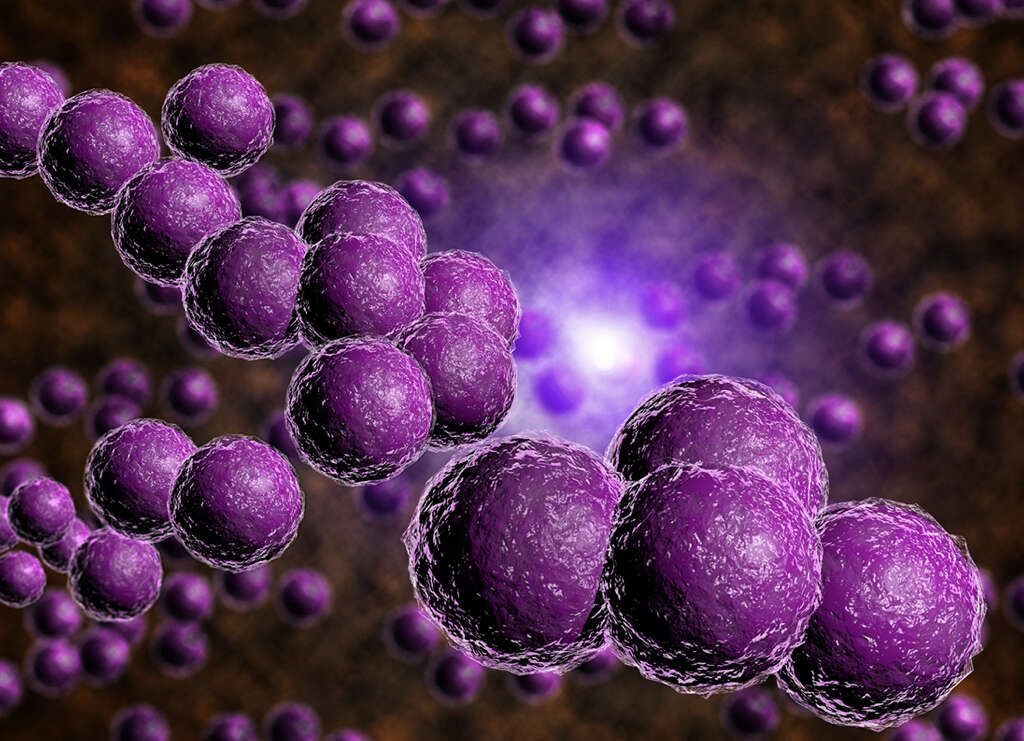
6. Who’s At Risk
Children tend to scratch their skin a lot, and they also tend to stay in close groups with other children. This puts them in one of the highest risk categories in terms of catching impetigo. People of all ages that live in crowded conditions are also in a higher risk category. Living in a warm, humid climate will also increase the risk.
Diabetes is another factor that puts peoples at a higher risk, and people with weakened immune systems are also more likely to catch it. Adults that take part in contact sports are also in a higher risk bracket.

7. Complications
In the vast majority of cases, impetigo will pass without having done any permanent damage. It will go on to cause potentially serious complications in a small number of cases, however. One of these is that serious cases can leave behind permanent scars that can be very unsightly.
One of the varieties of bacteria that can cause impetigo can also cause damage to your kidneys. There is also a chance of cellulitis developing. This is a serous infection of the layers of skin that are below the surface. It can spread to elsewhere, and it will be life-threatening in some cases.

8. Prevention
There is no sure way to make yourself 100% safe from impetigo. However, we are able to take practical steps that will move the odds significantly in our favor. This largely means helping to keep wounds clear of bacteria, including small wounds such as scratches and insect bites.
Washing wounds and keeping them covered will help prevent bacteria from getting in. Also, try and avoid sharing items such as towels and clothing with other people. Washing your hands regularly can help to prevent the spread of disease, while infected people should try and isolate themselves from other people as much as reasonably possible.
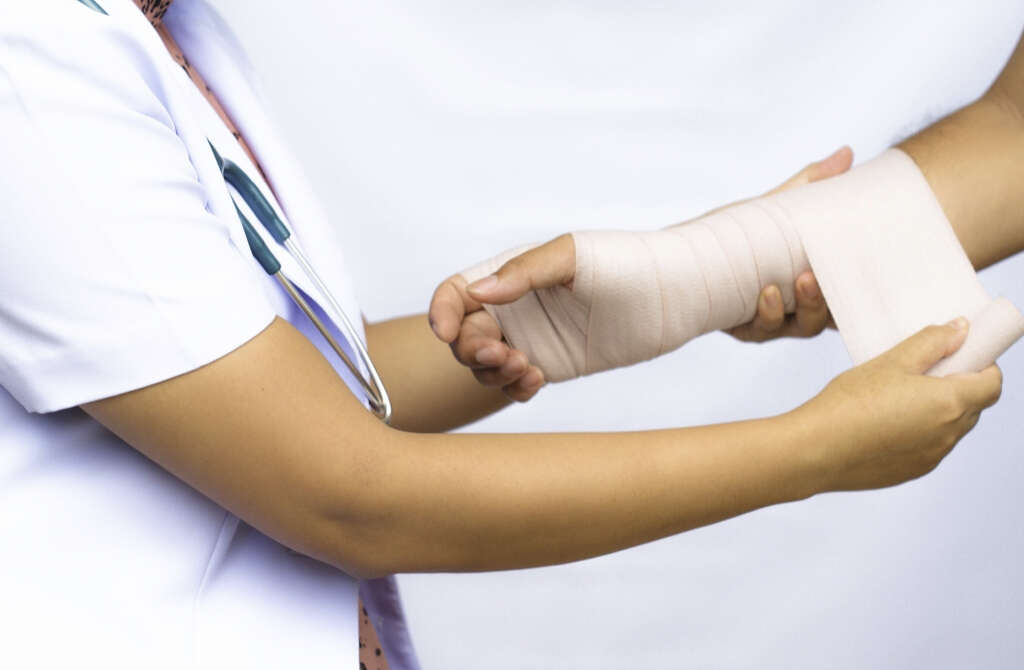
9. Diagnosis
The sores and blisters associated with impetigo are quite distinctive. This means that a brief physical exam is often all it takes for a doctor to reach a diagnosis. Regardless, your doctor may still want to take samples to get a confirmation of what the underlying cause of the condition is.
Getting a confirmation will generally mean taking a sample of the fluid that comes from the sores. This can then be sent to a lab for analysis to find out exactly which type of bacteria is causing the condition. This can be necessary in order to know which antibiotics will be most effective at curing the condition.

10. Treatment
As it is caused by a bacterial infection, impetigo will typically be treated by an antibiotic. This will generally come in the form of an ointment that is applied directly onto the affected areas. Depending on the severity of the condition, oral antibiotics might also be prescribed.
The sores and/or blisters might also spread to other parts of the skin. Using an antibiotic cream can help to prevent them from spreading, while covering the sores should also help in that regard. The sores should pass completely within a couple of weeks or so, but be sure to speak with your doctor if the condition appears to be getting severe.





